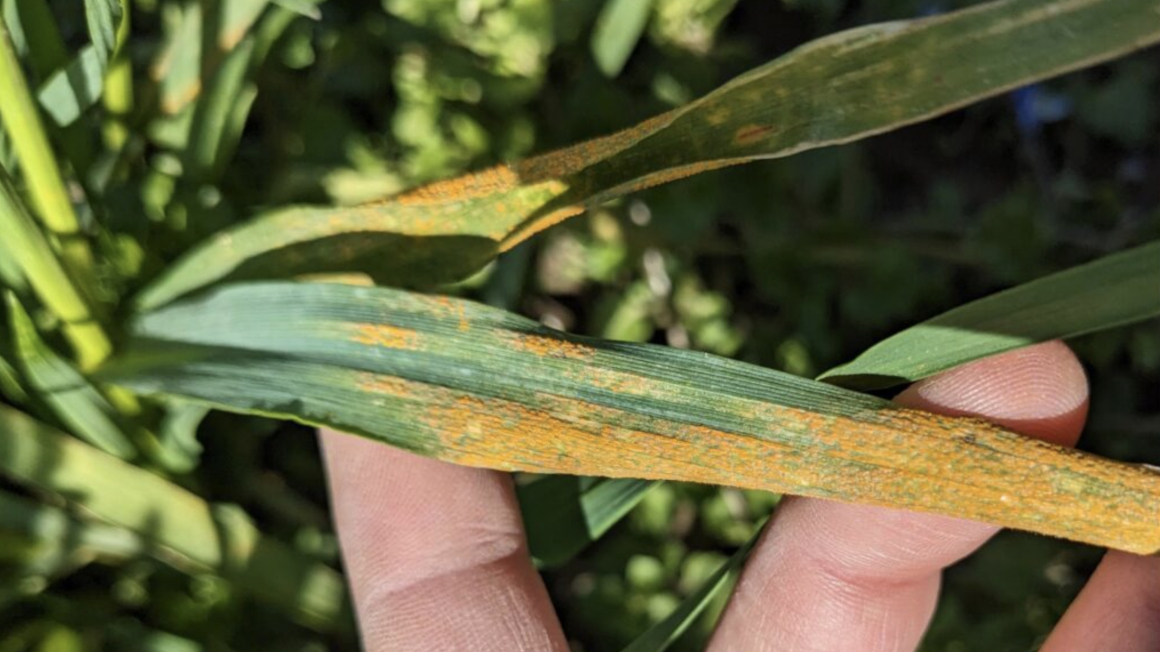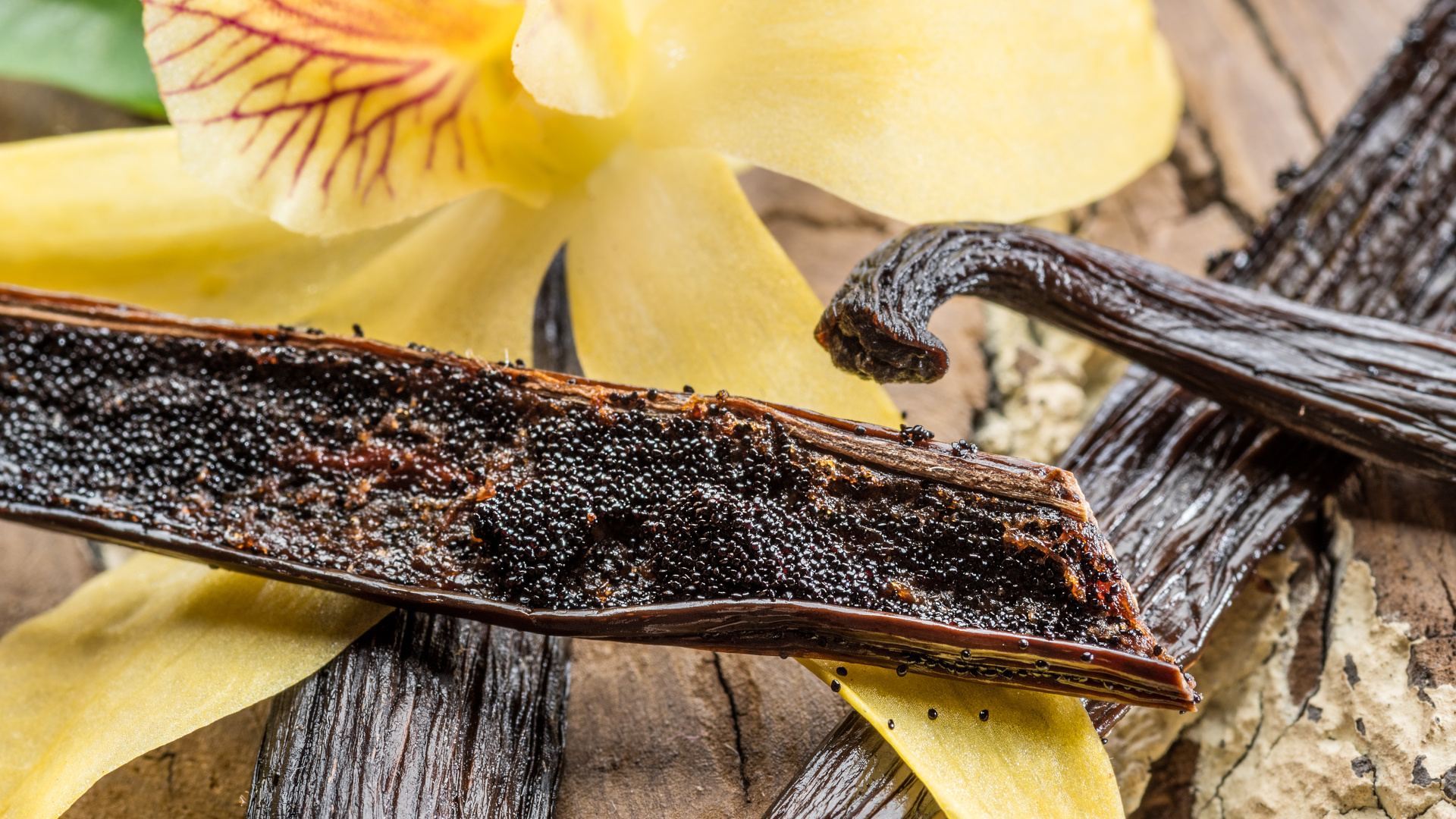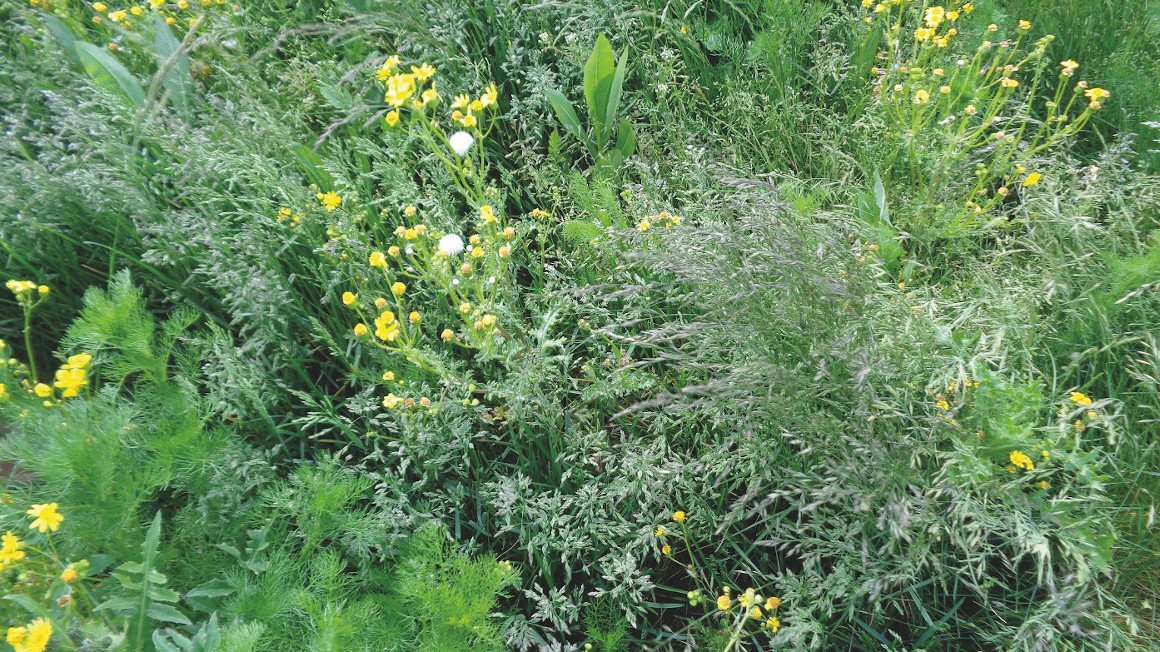Traditional wheat varieties are resistant to fungi
The fungal disease yellow rust jeopardises wheat cultivation worldwide. Researchers at the University of Zurich have now discovered genes with natural resistance in Asian wheat varieties. These could help to breed robust wheat in the future and thus strengthen global food security.

Yellow rust, also known as stripe rust, is caused by the fungus Puccinia striiformis f. sp. tritici and is one of the most dangerous diseases in wheat cultivation. Around 88% of global bread wheat production is potentially affected by the pathogen. An international research team led by the University of Zurich (UZH) has now identified two genome segments in Asian wheat varieties that give the plants natural resistance to the disease. ‘If such genes can be transferred to commercial wheat varieties, they could make an important contribution to combating yellow rust,’ says Kentaro Shimizu, who led the study.
Local wheat varieties less affected
One of the two gene regions was found in a traditional wheat variety from Nepal - the other in more widely distributed varieties from Nepal, Pakistan and China in the southern Himalayan region. The researchers assume that this region is also the origin of the yellow rust pathogen. For decades, the focus of wheat breeding was on high yields, which contributed to global food security but reduced genetic diversity and made the plants more susceptible to diseases and climate extremes. In contrast, local farmers in Asia preserved traditional varieties that have a potential reservoir of disease resistance.
Preserving genetic diversity
The results also show how crucial it is to preserve genetic diversity and traditional wheat varieties. This is because the old varieties have been preserved by farmers around the world for generations and could form an important basis for food security in the future. ‘They should be utilised in close cooperation with local farmers so that they can benefit from them. After all, their knowledge and practice were crucial for today's genetic diversity,’ emphasises Katharina Jung from Shimizu's team.
lh


